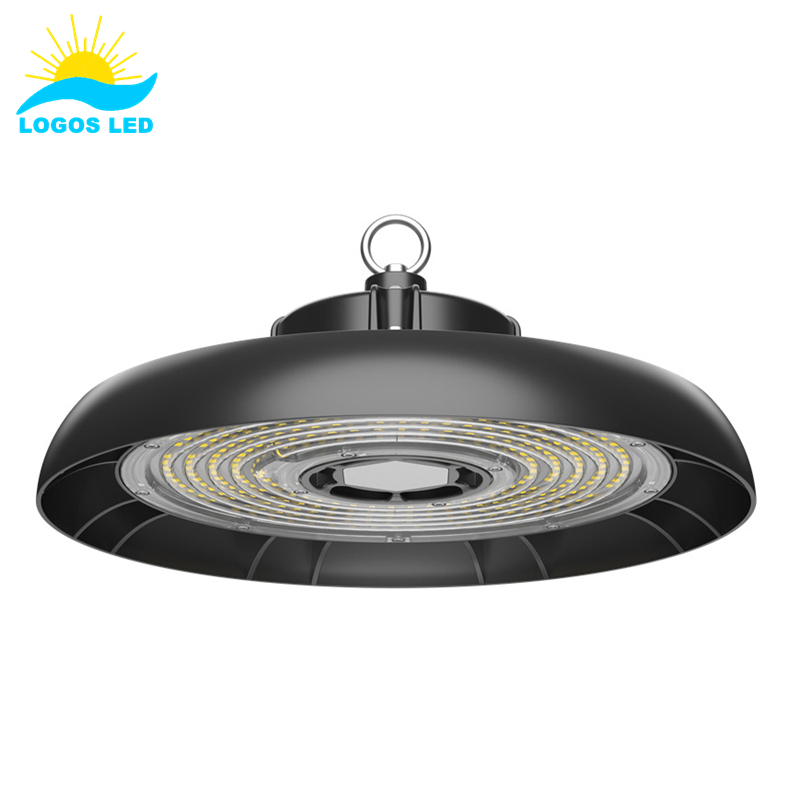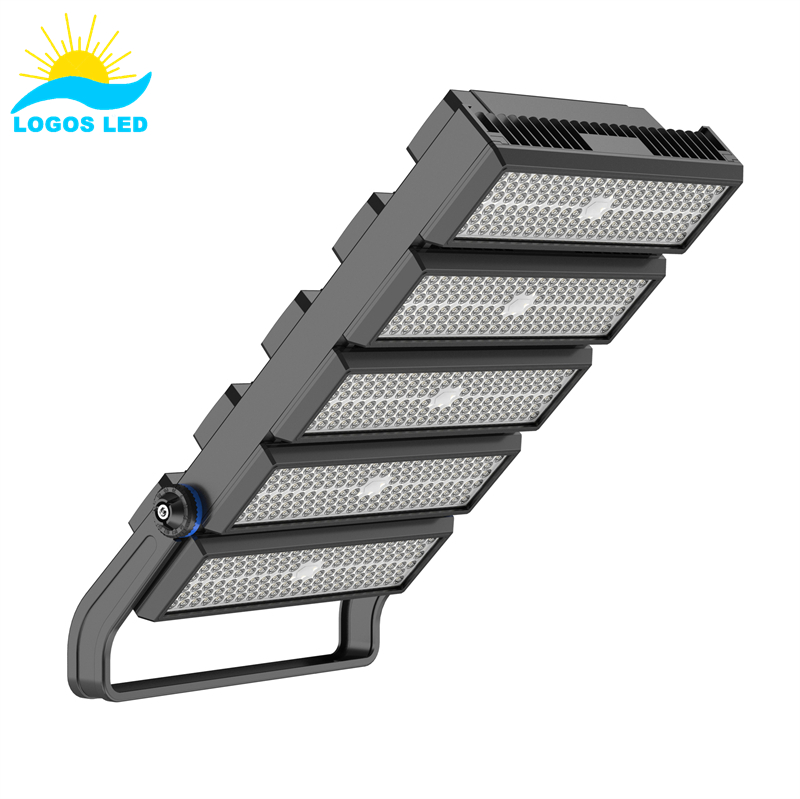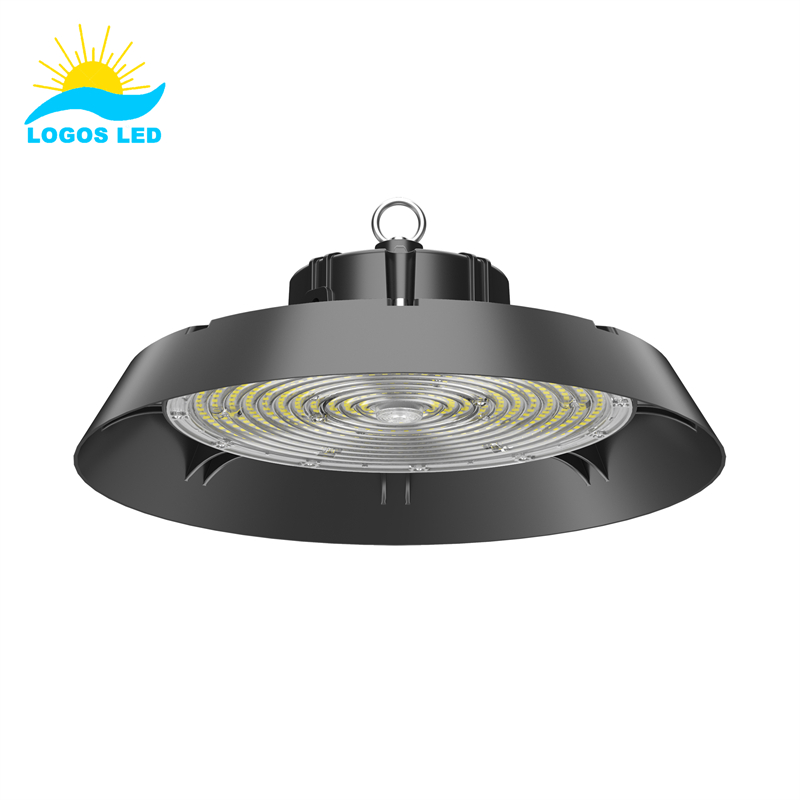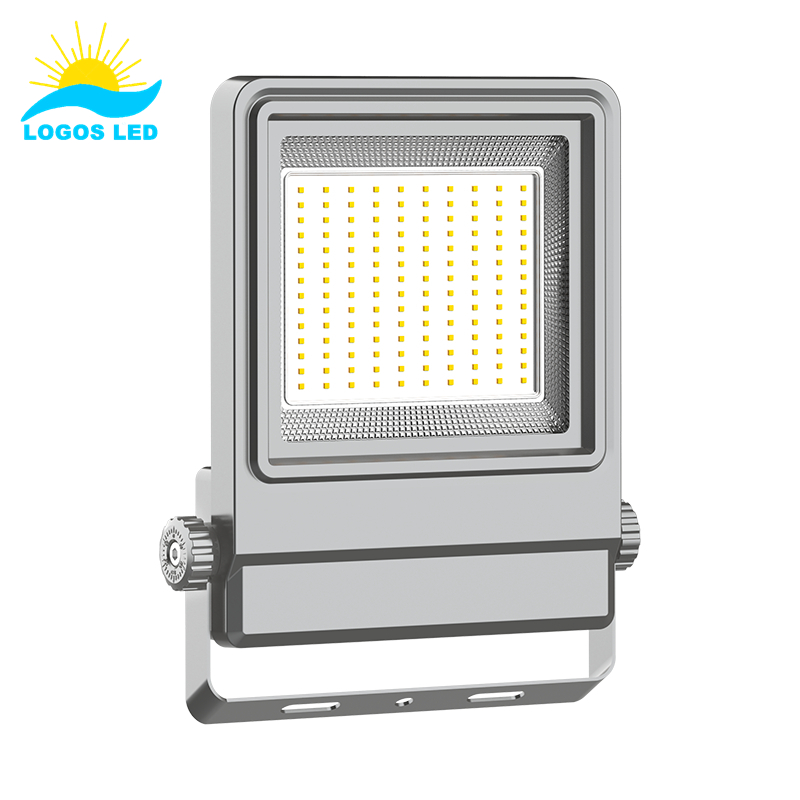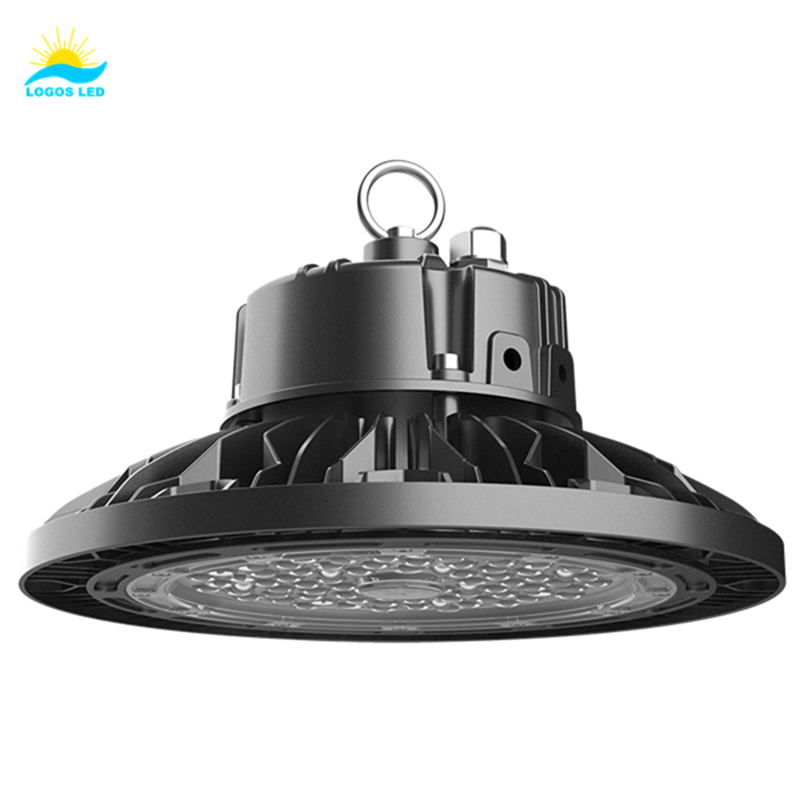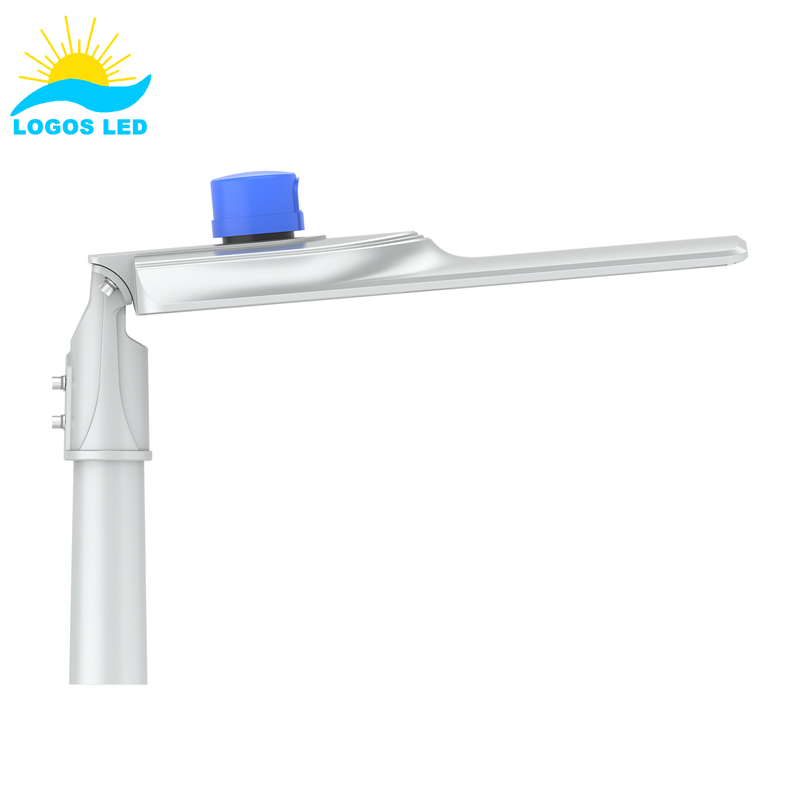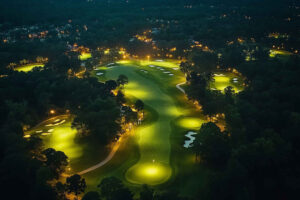LED lights are supposed to be the long-lasting, energy-saving heroes of modern lighting… until they start acting up. Flickering, failing early, weird dimming—you name it. When LEDs go wrong, it’s not just annoying—it can get expensive. I’ve dealt with enough of these headaches to know: if you understand what causes these problems (and how to fix them), you’ll save yourself a lot of time, money, and frustration.
LED problems usually come down to bad installs, the wrong dimmer, heat issues, or just cheap junk components. I’ve seen flickering, dim patches, total failures—you name it. Most of it can be fixed with a little know-how and the right hardware. Let me walk you through the most common LED lighting issues and how I deal with them.
Table of Contents
Why Are My LED Light Bulbs Flickering and Burning Out?
Flickering LEDs? Yeah, that one drives me nuts. Here’s why it usually happens:
- Power is inconsistent—voltage keeps jumping up and down
- You’re using a dimmer that wasn’t made for LEDs
- The wiring is loose or poorly connected
Here’s how I fix it:
- Always use dimmers labeled “LED-compatible”—don’t guess
- Make sure your power supply is stable and grounded properly
- Double-check wiring—tighten it all up and use quality connectors
- Invest in LED drivers that are built to handle fluctuations
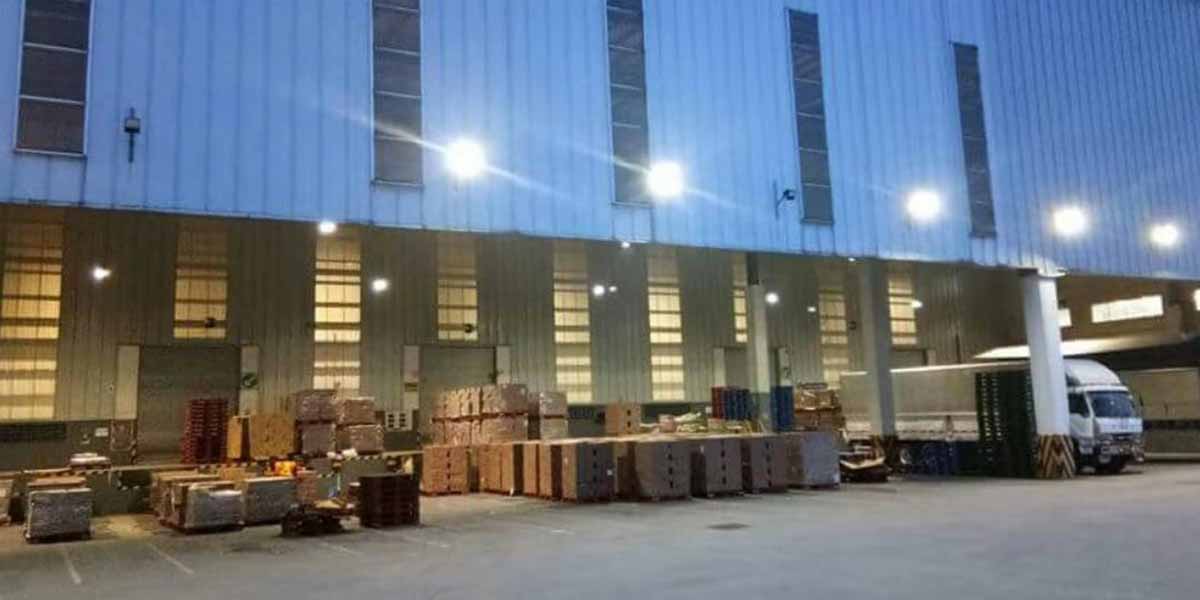
What Kills LED Light Bulbs?
LEDs are built to last—but only if you treat them right. Here’s what kills them faster than anything:
- Letting them overheat because of bad airflow or cramped fixtures
- Power surges and voltage spikes
- Cheap parts that break down way too soon
What I do instead:
- Only use LED bulbs with solid heat sinks, preferably aluminum
- If the power’s unstable, I install a voltage stabilizer
- I avoid no-name brands and stick with proven manufacturers
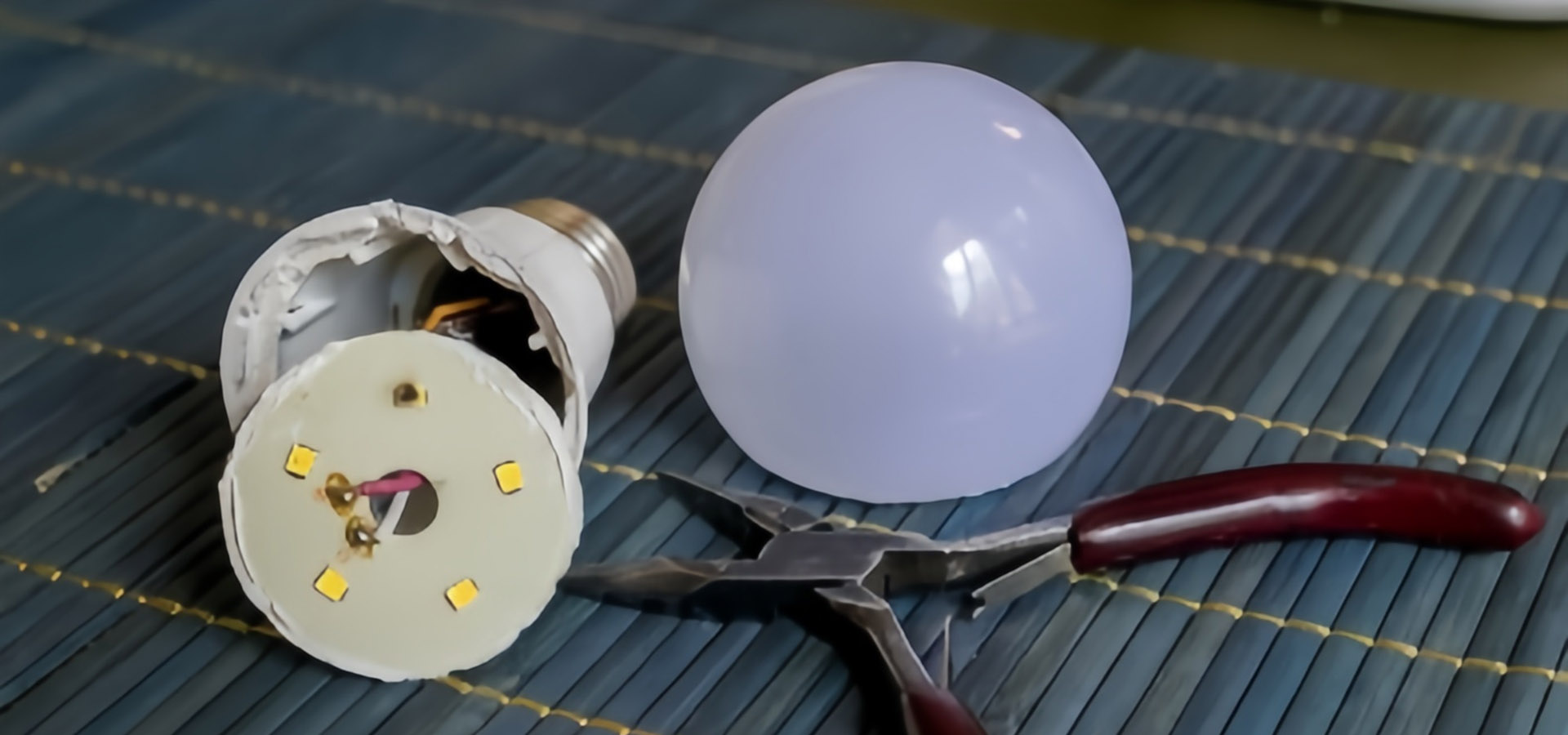
What Is the Failure Rate of LED Lights?
Generally, LEDs don’t fail that often… unless you cheap out. But even good ones can fail if:
- The driver gets too hot and gives out
- Moisture gets in because the LED wasn’t rated for that environment
- It’s a dud from a poorly made batch
How I keep things running smoothly:
- Make sure the fixtures can breathe—ventilation matters
- For outdoor or damp areas, I always use IP-rated LEDs
- I only buy LEDs from brands that stand behind their product with a real warranty
How Do You Troubleshoot an LED Light Fixture?
When an LED fixture isn’t working, I go through a simple checklist:
- First, I make sure the circuit is getting power—sounds obvious, but it’s easy to miss
- Then I check the wiring for any loose connections
- Next, I test the driver—if it’s acting weird, that’s usually the culprit
- And finally, I swap out the bulb or panel to rule out a bad LED chip
Still dead? Might be time to call in an electrician to dig deeper.
Why Are Some Parts of My LED Lights Not Working?
If half your LED strip is glowing and the rest is dead, chances are:
- Some of the chips got fried—maybe from bending or a knock
- Heat built up and took out part of the strip
- A bad solder joint or connection is messing with the flow
Here’s what I usually do:
- Cut out the damaged section and replace it (most LED strips are modular)
- Make sure I’m using strips with decent heat sinks
- Be gentle when installing—no sharp bends or stretching
What Is the Lifespan of LED Lights?
A solid LED should last you around 50,000 hours—if you treat it right. But I’ve seen people kill them way faster by:
- Switching them on and off constantly
- Letting heat build up with no airflow
- Using low-grade drivers that burn out early
How I make them last:
- I use motion sensors or timers to cut down on needless switching
- Only install in fixtures with proper ventilation
- Always go for LEDs with top-shelf components and drivers
When LEDs work, they’re amazing. But when they don’t, it usually boils down to skipping the basics. Do it right the first time—good components, proper install, and a little planning—and you won’t be replacing lights every few months. Need help picking LEDs that won’t give you a headache? Just reach out—I’ll point you in the right direction.
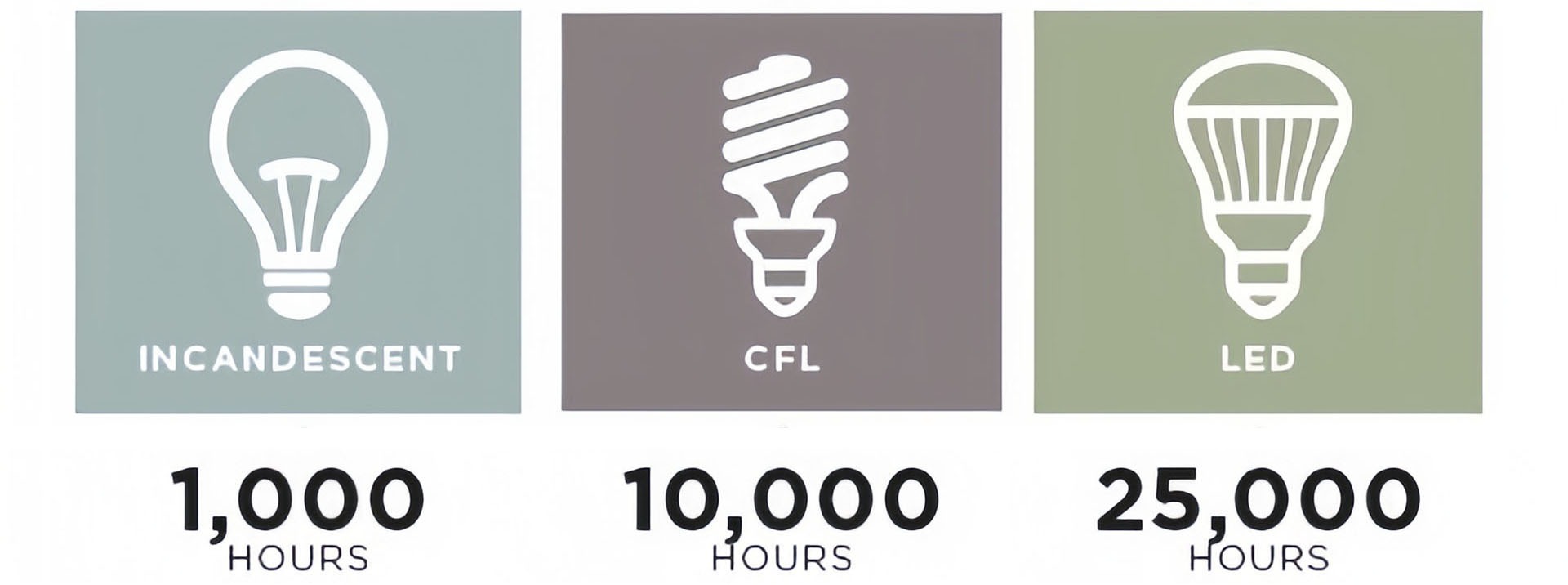
20 Common Problems with LED Lights and Solutions
1. Flickering
What’s going on:
Your LED might be flickering because of unstable voltage, a cheap driver, or the wrong kind of dimmer. Sometimes, other appliances sharing the same circuit can mess things up too.
Here’s how I fix it:
- I swap in a dimmer that’s made for LEDs—most standard dimmers just don’t play nice.
- I check the power source for drops or surges.
- If it’s still flickering, I upgrade to a quality LED driver that smooths out power delivery.
- I’ll even plug the LED into a different circuit to rule out interference.
2. Dim Light Output
What’s going on:
If the LED’s looking dull, chances are the power supply’s weak, the wiring’s old, or there’s a dimmer issue. Overloaded circuits can also drag down brightness.
Here’s what I do:
- I always check the power supply specs and make sure they match the LED’s needs.
- Old wires? I replace them. They’re energy thieves.
- I never use a standard dimmer with LEDs—it’s got to be LED-compatible.
- And of course, I stick with LEDs from brands I trust.
3. Color Inconsistency
What’s going on:
When LED colors start looking off, it’s often because of voltage issues, mismatched chips, or aging components wearing out unevenly.
How I deal with it:
- I make sure voltage is rock solid across all fixtures.
- I always use LEDs from the same batch and brand for color consistency.
- I double-check wiring—bad connections can mess with color.
- If color shifts are too obvious, I swap out the old lights with matched replacements.
4. Intermittent Lighting
What’s going on:
The LED blinks on and off randomly? That’s usually a loose wire, bad driver, or shaky circuit.
Here’s what works for me:
- I tighten every connection—no wiggle room.
- I test and replace faulty drivers.
- I plug other gear into the same circuit to see if it’s a broader electrical issue.
- If there’s a motion sensor, I fine-tune its range and sensitivity.
5. Unexpected Outages
What’s going on:
If the LED just dies, it could be overheating, a power surge, bad wiring, or the bulb simply reaching end-of-life.
My fix:
- I make sure the fixture has ventilation and uses a proper heat sink.
- Surge protectors are a must—I never install without one.
- I give wiring a regular once-over to catch issues early.
- If the bulb’s time is up, I replace it and move on.

6. Buzzing Noise
What’s going on:
A buzzing LED usually means there’s an electrical mismatch—often from an incompatible dimmer or a junky driver.
What I do:
- I install a dimmer made specifically for LEDs.
- I replace low-grade drivers with ones that regulate current cleanly.
- I tighten all connections to rule out loose wires.
- If it still hums, a power conditioner helps filter out noise.
7. Glare
What’s going on:
Glare happens when LEDs are too bright, aimed wrong, or using the wrong beam angle. It’s annoying, especially in places like offices.
How I fix it:
- I reposition lights for better spread.
- I use diffusers or frosted covers to soften the light.
- I always look for UGR-rated fixtures (under 19 is ideal).
- I’ll install indirect lighting like cove or recessed lights to cut harshness.
8. Smoke or Burning Smell
What’s going on:
This is serious. It usually means the LED is overheating—bad airflow, sketchy wiring, or low-quality parts are often to blame.
What I do immediately:
- I shut off the power and inspect everything.
- I make sure the fixture breathes—no cramped spaces.
- I use LEDs with proper heat dissipation tech—aluminum bodies, cooling fins, the works.
- And I never touch low-end brands. It’s just not worth the risk.
9. Uniformity Issues
What’s going on:
If some areas are bright and others are dull, it’s probably uneven installation, inconsistent power, or low-grade LEDs.
My go-to fixes:
- I space fixtures evenly and stick to a layout.
- I use LED strips and panels known for consistent brightness.
- I check the power flow—voltage drops can cause dim spots.
- I add diffusers to blend the light and get rid of shadows.
10. Power Supply Problems
What’s going on:
Power issues can make LEDs flicker, dim, or shut off. Usually, it’s the wrong voltage, a bad driver, or just too many fixtures on one line.
How I tackle it:
- I always match the power supply to the LED’s requirements.
- I replace any power supply that seems weak or unstable.
- I use surge protection—especially for big installs.
- I spread the load across circuits so nothing gets overwhelmed.
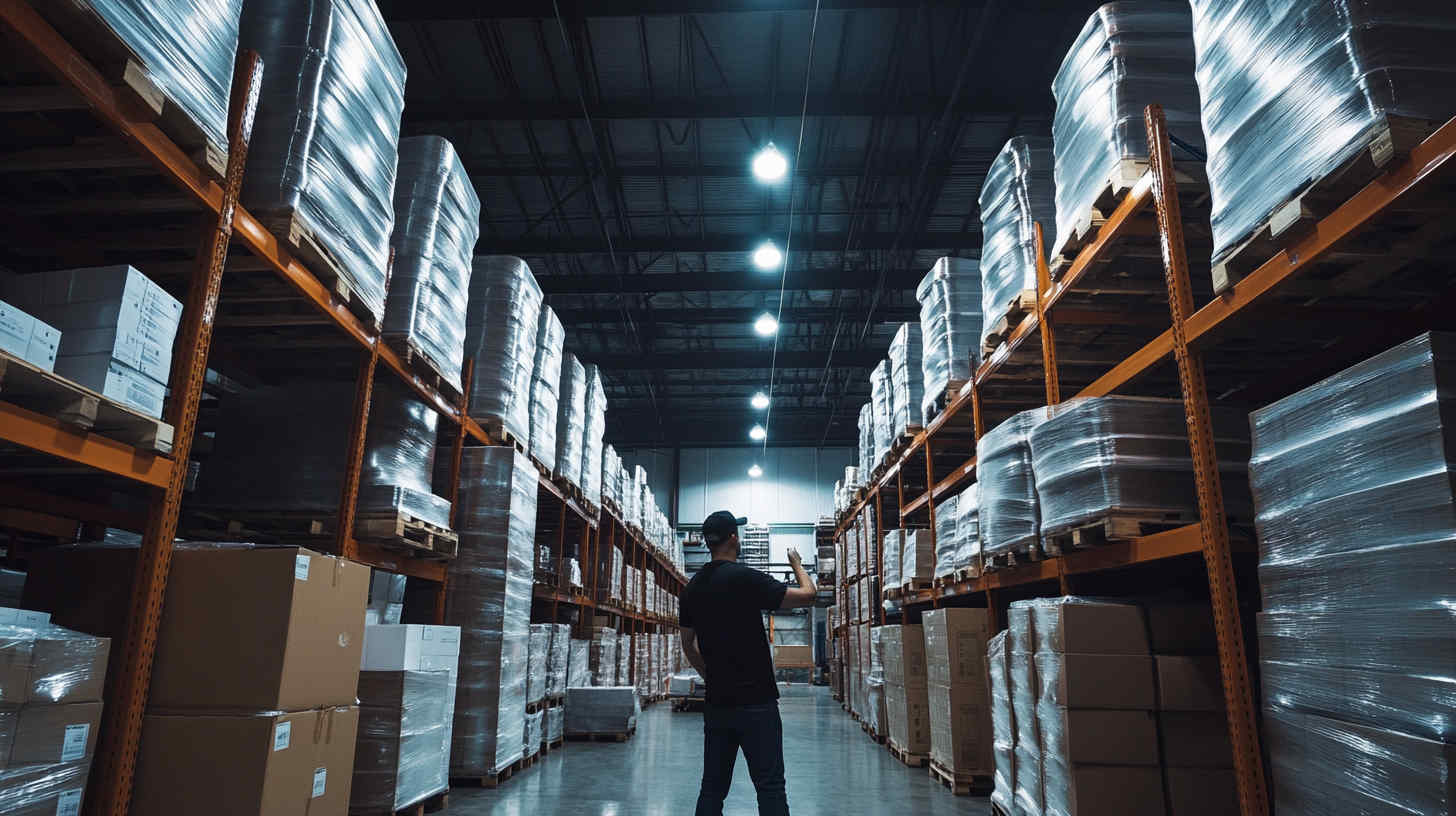
11. Faulty Drivers
What’s happening:
If your LED starts flickering, dimming, or just dies on you, there’s a good chance the driver’s acting up. Drivers are what regulate the power. A bad one—whether it’s been fried by heat or just poorly made—will wreck your LED’s performance.
What I do:
- I grab a multimeter and test the driver’s output—if the voltage’s all over the place, I swap it.
- I only use drivers that match the exact wattage and voltage my LED fixture needs.
- I make sure the area around the driver has airflow—no airflow = overheating.
- I always pair drivers with surge protectors to avoid getting zapped by power spikes.
12. LED Chip Damage
What’s happening:
These little chips are sensitive. One hit, too much heat, or a power surge—and boom—they’re toast. That’s when you see flickering, weird dimming, or a totally dead LED.
What I do:
- I look for burn marks, discoloration, or broken traces on the chip. If I see it, I replace it with one that matches exactly.
- I always use fixtures with solid heat sinks—usually aluminum—to keep chips from cooking.
- And again, surge protectors are non-negotiable.
13. Wiring Issues
What’s happening:
Bad wiring = big problems. Whether it’s reversed polarity, loose connections, or plain-old sloppy work, it can cause flickering, dim light, or no light at all.
What I do:
- I double-check every wire and lock down all connections tight.
- I always match the polarity—getting this wrong is a common rookie mistake.
- I never skimp on connectors. Cheap ones will burn you (literally).
- I inspect the wiring regularly, especially in older setups—if it’s frayed, I replace it.
14. Environmental Factors
What’s happening:
Moisture, dust, heat, or impact—any of these can kill your LEDs if they’re not rated for the job. Outdoor or industrial areas are especially rough on lighting.
What I do:
- I always use fixtures rated IP65 or higher when there’s water or dust involved.
- I mount fixtures in weatherproof boxes or enclosures if the environment’s sketchy.
- I make sure lights are mounted solidly, so they don’t shake or rattle.
- If I’m near saltwater or humidity, I go for corrosion-resistant housings.
15. Incompatible Components
What’s happening:
Mixing parts that don’t belong together—like drivers, dimmers, and bulbs—can make your LEDs flicker, burn out, or underperform.
What I do:
- I always double-check that every component I use is made to work with the others.
- I avoid regular dimmers unless they’re clearly marked LED-compatible.
- When I can, I stick with the same brand across components to avoid guessing games.
- I never mix LEDs with different voltage/current ratings in one setup—it’s asking for trouble.

16. Overheating
What’s happening:
When LEDs don’t have space to breathe or lack proper heat sinks, they overheat—and once that happens, performance drops fast, and failure comes early.
What I do:
- I avoid cramming fixtures into tight spaces with no airflow.
- I choose lights with solid aluminum heat sinks.
- I don’t run LEDs at their max current unless I absolutely have to.
- In big industrial jobs, I’ll even use mini fans for active cooling if heat builds up too much.
17. Color Shift
What’s happening:
Over time, LEDs can shift color—especially cheap ones. They’ll start out white and end up yellow or bluish. Heat and cheap phosphors are usually to blame.
What I do:
- I use LEDs that are known for stable phosphor coatings—cheap ones just don’t last.
- I keep fixtures cool because heat speeds up color degradation.
- When color shift gets too noticeable, I just replace the lights.
- I make sure my power supply is even across the board—voltage drops can lead to uneven wear and color shift in LED strips.
18. Connection Problems
What’s happening:
Loose wires, reversed polarity, or half-done wiring jobs can cause flickering or total failure. Sometimes it’s intermittent and super frustrating.
What I do:
- I go through every connection, one by one, and make sure everything’s secure and clean.
- I always wire with the correct polarity—this is LED 101.
- I look for corrosion, especially in outdoor jobs. If I find it, I cut and rewire.
- When I’ve got multiple LEDs on a circuit and only some are working, I test each connection separately to find the culprit.
19. Short Circuits
What’s happening:
If wires touch that shouldn’t, you get a short. That surge can fry drivers, power supplies, or even the LEDs themselves. It’s dangerous and a pain.
What I do:
- I inspect for any exposed or damaged wires and replace them immediately.
- I use heat-shrink tubing or electrical tape to insulate connections.
- I make sure wires are clamped and routed cleanly—no contact with anything they shouldn’t touch.
- If shorts keep happening, I test the circuit breaker and power supply for deeper problems.
20. Lifespan Issues
What’s happening:
Your LED burns out way before the box said it would? That’s usually down to poor components, bad heat management, or inconsistent voltage.
What I do:
- I don’t touch bargain-bin LEDs anymore. I only use high-quality brands that back up their lifespan claims.
- I use voltage stabilizers or surge protectors to keep power steady.
- I keep lights clean—dust traps heat, and heat kills LEDs.
- For tough environments, I always check for the right IP rating—dust, water, and humidity will destroy unprotected fixtures.
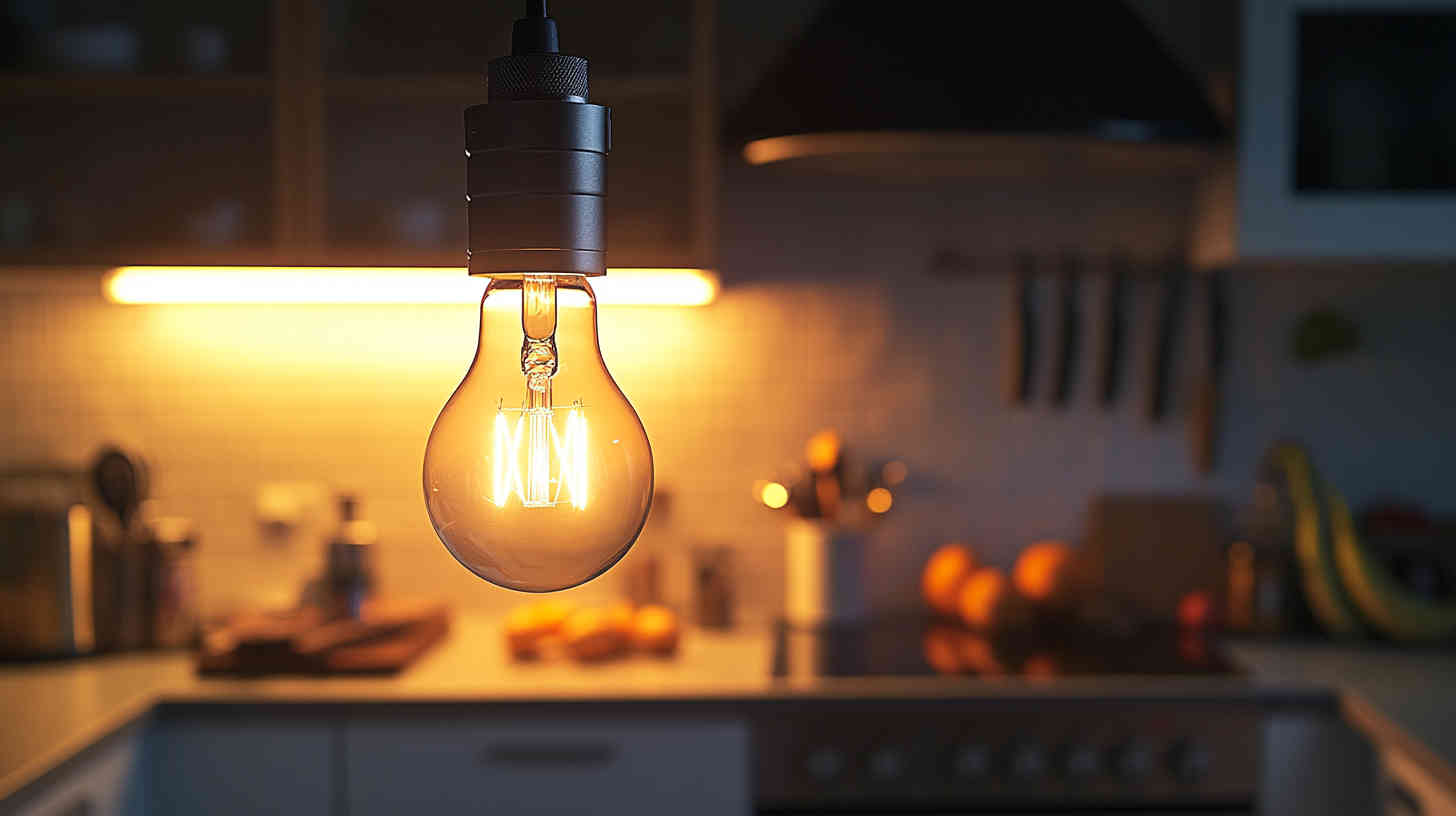
Conclusion
Most LED failures come down to bad installs, cheap parts, or electrical slip-ups. The good news? You can avoid nearly all of it. Stick with quality gear, keep things cool, and make sure all your components are working together—not fighting each other. That’s how I make LED setups last. Got an issue you can’t figure out? Reach out—we’ll help you get it fixed and lit the right way.
Request A Free Quote Now!
Send us a message if you have any questions or request a quote. We will get back to you ASAP!



